What Content Should Orientation Cover
Board orientation is scheduled. Now what? What is it you're going to do and talk about for two hours? And yes, I said two hours. You should have an agenda, which should cover many topics. I recommend starting with structure - the bylaws and the committees of the board. How does it operate?
And, what is the board's philosophy? I would spend a lot of time on this one. Help your new board members to better understand the board doesn’t delve into the daily operations of the non-profit and does not meddle with organizational daily life. For example, the board does not review the job descriptions of the administrative assistant. That is an operational issue. The board hires great people to worry about that. At the board level, keep the discussion around strategy - the long-term direction of the non-profit. You can establish a strong precedent if you make certain your new board members understand the difference between strategy and operations from the outset.
Your new board members should learn about the current challenges of your non-profit is facing. Regarding finances, are there any major issues that should be discussed? Is there a staffing problem? Is there an established strategic plan? What is that plan? What are the goals? Where are you headed? For the individual board member, is there a job description that clearly defines what is expected? Attendance is a part of it, but are your board members responsible for making introductions, for fundraising goals, or for hosting a reception during their term? Are meetings, both committee, and board, scheduled for the year?
Also, be sure to review basic information such as key facts, figures, staff, bios, impact studies, etc. that might be helpful to a new board member. Give your new board members as much information as possible upfront to ensure your new board members are successful in the future.
After many years, I have not found a great way to eliminate the “data dump” on new board members. It is a great deal of information to take in and fully comprehend. Depending on the amount of detail you share, consider elongating the orientation from one session to two. But, getting a group together once is tough enough. And certainly, you want to allow time for conversation and questions.
Board orientation may seem overwhelming. I often make calls or check-in via email following orientation to ensure any questions are answered prior to the first board meeting.
Remember providing engaging content for your new board members during the orientation and ensuring their questions are answered before their first meeting will to set the tone of their work moving forward.


